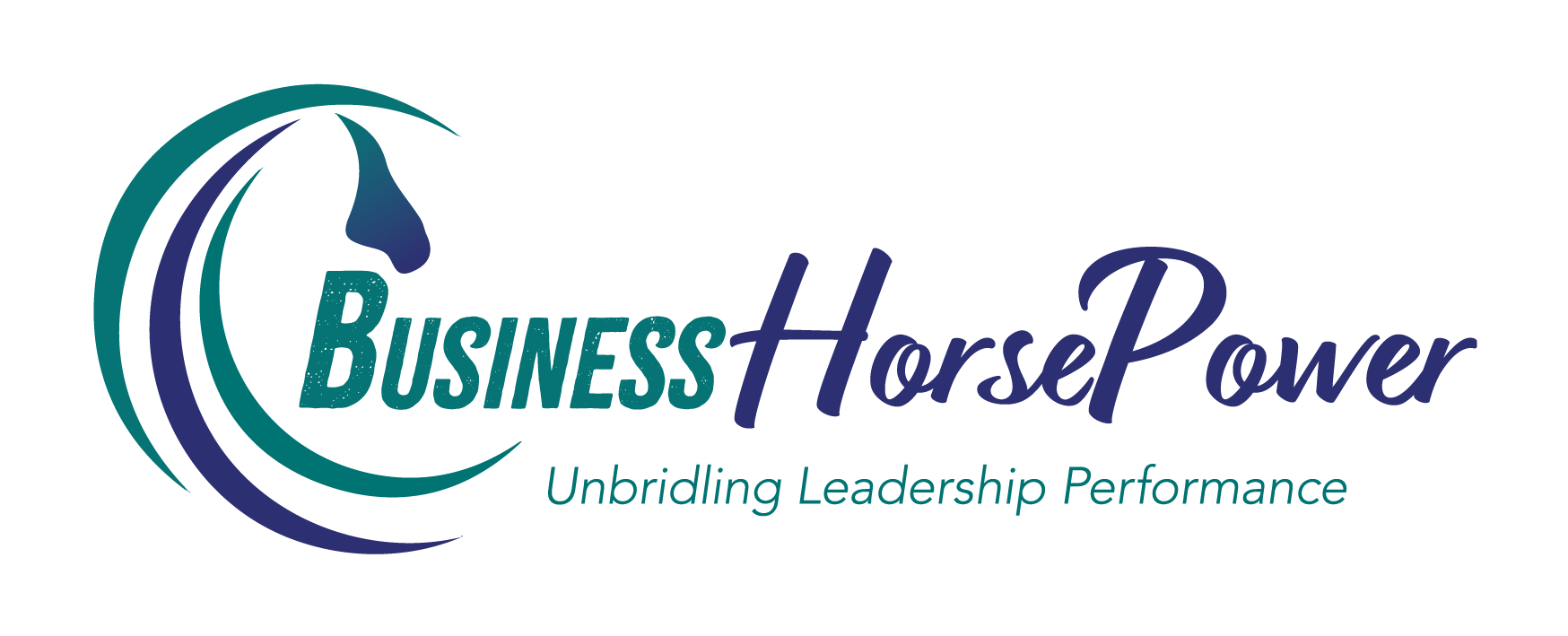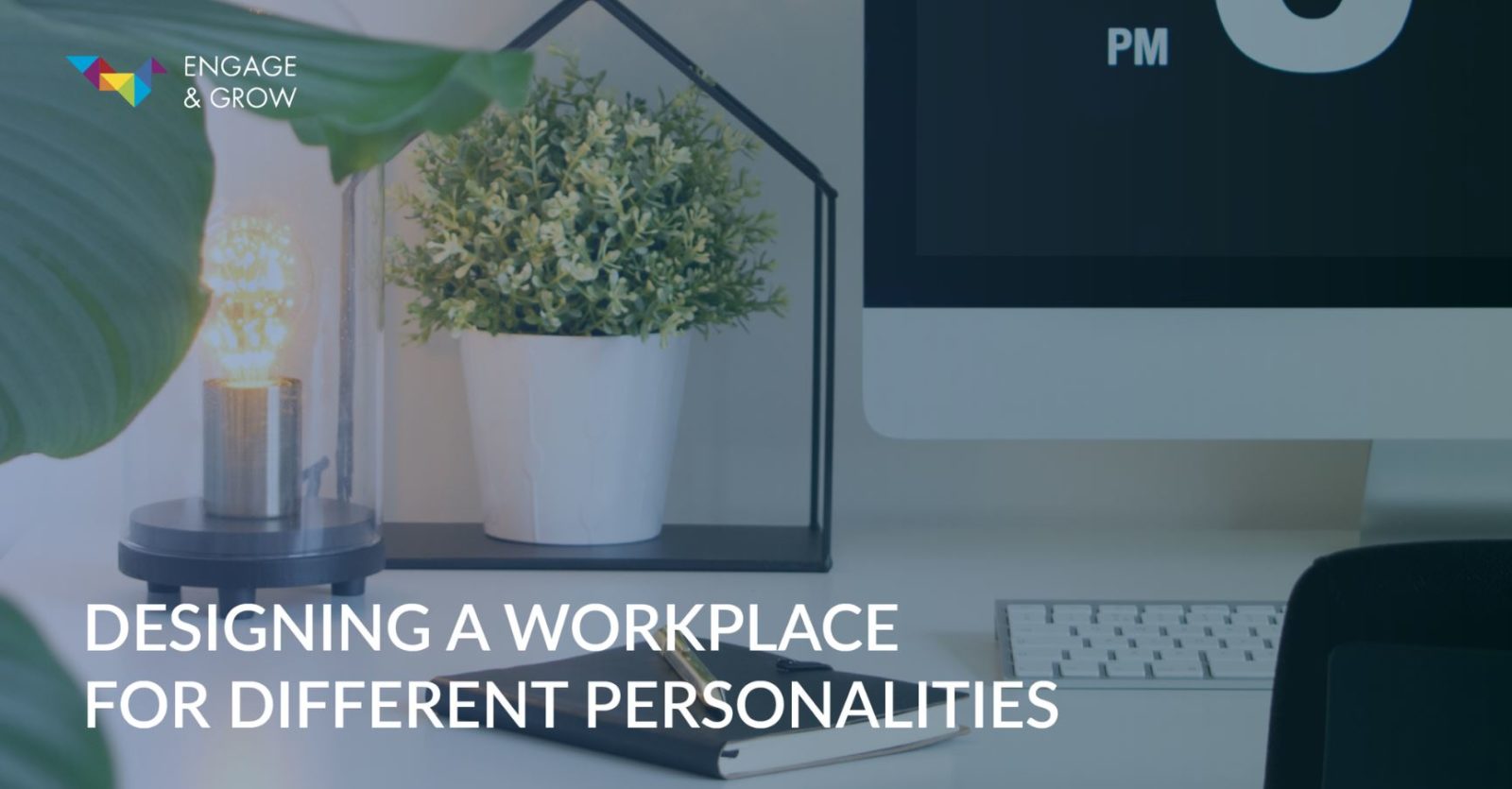Modern offices are set up to suit one way of working: to satisfy people who thrive with a surplus of sensory stimulation.
However, while the spaces have evolved to embrace noise and volume, we’ve left behind the quieter people who prefer to work alone and who need silence to enter the realm of deep concentration.
Instead of providing a one-size approach to the office space, remember that different people work in different ways. Create break-out areas where people can complete their work silently and without distraction, or encourage employees to take phone calls outside.
Keep providing for the extroverts in the room and give them a space to collaborate effectively. Whether they’re introverted or extroverted, everyone has the tools they need to be creative, dedicated employees – and their work will improve as a result.
Allow for flexibility
Some employers assume that they need to tightly regulate working hours and locations in order to control the work output. While this might be true in some ways, it fails to account for differences in work styles, and prevents your employees from adapting to what suits them.
Instead, understand that your employees need flexible working arrangements. A lot of people work better from home so provide an option for your staff to pick up remote work a few times a week. Some thrive when they work at night – so let staff choose their own hours if that works for your company.
Reducing noise
One of the biggest distractions, especially in a modern, open-plan office, is noise. Whether that’s from co-workers typing at their keyboards, conducting loud phone calls or having meetings at their desks, it’s a barrier to the concentration that can stop most people getting any work done.
Because open-plan layouts are the most common culprit for this cacophony, it can be difficult to fix the problem. After all, we can’t go rearranging the whole floorplan – can we?
Instead of calling in a renovator to divvy the office up into bite-sized sections, consider:
- Setting aside meeting rooms for people to take phone calls in
- Making more rooms available for spontaneous meetings
- Creating a ‘quiet area’ where people can complete their work without distraction
- Investing in noise-cancelling headphones for your employees or allowing them to listen to music
- Permit a range of work styles, such as face-to-face meetings and digital communication
These are just some ways you can reduce noise and distraction in the office but there is more you can do to allow your staff to enter a deep space of concentration and focus on their work.
Putting this into practice
We can help you assess your physical environment and work on tweaks to help your employees grow. Whether you’re looking for some small-scale edits you can do to boost morale, or you want to train your employees in collaboration, we’re here for you. Speak to us to find out what we can do for you.

Julia Felton (aka The Business Wrangler) is the founder of Business HorsePower. Business leaders, entrepreneurs and executives hire her to accelerate their business performance by harnessing the energy of their people to work more collaboratively together. By aligning purpose with actions the team achieves exponential results as everyone starts pulling in the same direction.
Julia believes that business is a force for good and through designing purpose-driven businesses that leverage the laws of nature, and the herd, you can create businesses founded on the principles of connection, collaboration and community that make a significant impact in the world.






